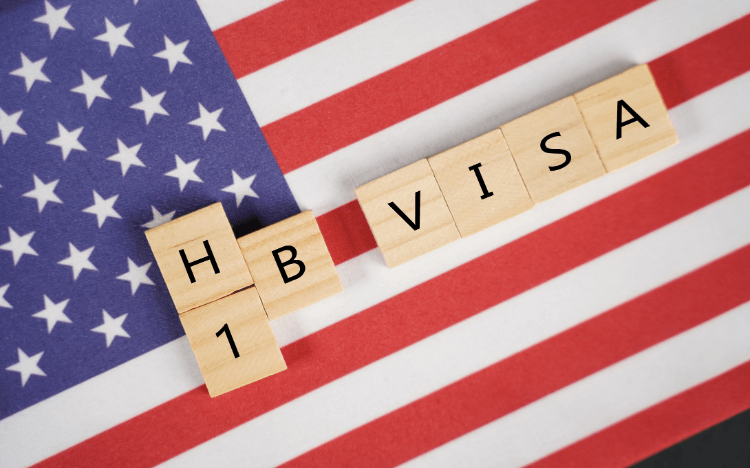Navigating the H-1B Visa Process: A Comprehensive Guide for Graduates from US Universities

Introduction: Securing an H-1B visa after graduating from a university in the United States can be a significant milestone for international students aiming to pursue a career in the country. The H-1B visa program allows U.S. employers to hire foreign workers in specialty occupations, providing a pathway to work authorization and potential permanent residency. However, the process can be complex and competitive, requiring careful preparation and understanding of the requirements and procedures involved. In this guide, we will delve into the step-by-step process of obtaining an H-1B visa, including the necessary documents, procedures, processing times, visa periods, fees, and other essential details.
- Eligibility Criteria: To qualify for an H-1B visa, you must meet certain eligibility criteria, including:
- Completion of a bachelor’s degree or higher from a U.S. university or equivalent institution.
- Employment offer from a U.S. employer for a specialty occupation that requires specialized knowledge and skills.
- The offered position must meet prevailing wage requirements and be related to your field of study.
- Your employer must file a Labor Condition Application (LCA) with the Department of Labor, attesting to compliance with labor standards and offering prevailing wages for the position.
- Required Documents: The H-1B visa application process involves gathering and submitting various documents, including but not limited to:
- Passport (valid for at least six months beyond the intended period of stay)
- Form DS-160 (Online Nonimmigrant Visa Application)
- Form I-129 (Petition for Nonimmigrant Worker), filed by your prospective employer
- Labor Condition Application (LCA) certified by the Department of Labor
- Academic transcripts and diploma from the U.S. university
- Letter of employment offer detailing the position, salary, and job duties
- Resume/CV demonstrating qualifications and relevant experience
- Any relevant professional licenses or certifications
- Documentation of any specialized skills or training required for the position
- Procedures: The H-1B visa process typically involves the following steps:
- Your prospective employer files Form I-129 with U.S. Citizenship and Immigration Services (USCIS) on your behalf.
- USCIS reviews the petition and may request additional evidence to determine eligibility.
- If approved, USCIS issues a Notice of Approval (Form I-797) to your employer.
- You, as the beneficiary, apply for the H-1B visa at a U.S. consulate or embassy in your home country.
- Attend a visa interview, where you may be asked questions about your qualifications, employment offer, and intentions in the United States.
- If approved, you will receive your passport with the H-1B visa stamp, allowing entry into the United States.
- Visa Processing Time: The processing time for an H-1B visa can vary depending on various factors, including USCIS workload, petition complexity, and consulate processing times. On average, it may take several months from the initial filing to visa issuance. It’s essential to plan ahead and apply well in advance of your intended start date.
- Visa Periods: Once granted, an H-1B visa typically allows you to work in the United States for an initial period of up to three years, with the possibility of extension for up to six years total. Extensions beyond the six-year limit may be possible under certain circumstances, such as pending green card applications or approved immigrant petitions.
- Fees: The cost associated with obtaining an H-1B visa includes various fees, such as:
- USCIS filing fee for Form I-129
- Premium processing fee (optional but expedited processing)
- Visa application fee for Form DS-160
- Visa issuance fee (varying by country)
- Attorney fees (if using legal representation)
Conclusion: Securing an H-1B visa after graduating from a U.S. university is a significant achievement that opens doors to exciting career opportunities in the United States. By understanding the eligibility criteria, required documents, procedures, processing times, visa periods, and associated fees, you can navigate the process with confidence and maximize your chances of success. Remember to plan ahead, gather all necessary documentation, and seek guidance from immigration professionals if needed. With diligent preparation and perseverance, you can embark on a fulfilling career journey in the United States.

